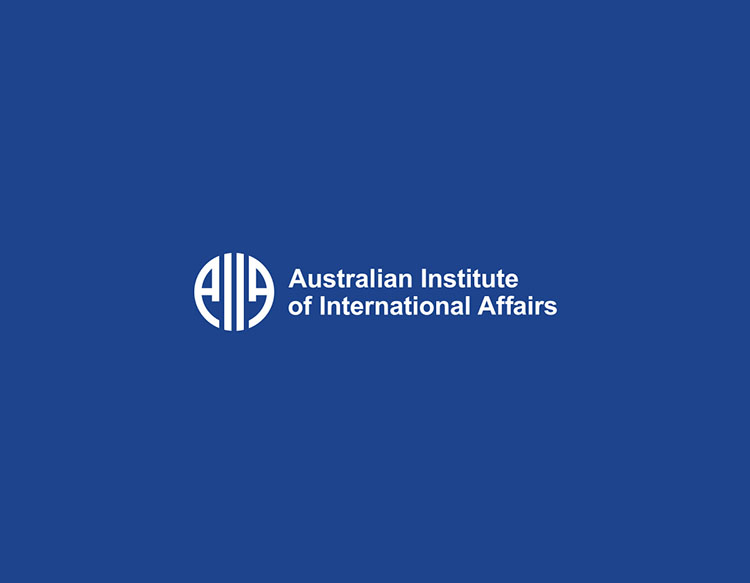On the 5th of August 2025 the Australian Institute of International Affairs NSW welcomed Professor Katrin Meissner, the Director of the Climate Change Research Centre at UNSW, to Glover Cottages to share her perspectives on the risks of climate change for Australia.
The discussion began with Professor Meissner contextualising current global emission levels within a broader historic trend. While carbon levels have always fluctuated, the growth rate of carbon in the atmosphere since the Industrial Revolution is extremely atypical and perhaps unprecedented. The last time carbon levels were as high as they are now was three million years ago. Humans were barely walking on two feet, and the Earth was four degrees warmer than it is today.
Professor Meissner demonstrated how significant changes in the carbon levels of the atmosphere can impact the sea levels, temperatures, and glaciers of the Earth over thousands of years. She also illustrated how those effects can manifest in Australia over the coming decades through a focus on a climate change related natural disasters.
Climate change induced heatwaves are expected to pose a significant risk to Australians as warming carbon emissions increase their severity and frequency. Heatwaves have killed more Australians than all other forms of climate disaster combined. Exposure to temperatures of even 35 degrees for over 6 hours without cooling can be fatal, and parts of Sydney are expected to see temperatures of over 50 degrees within the coming decades.
A warming atmosphere makes the world vulnerable to the risks of floods, droughts and sea level rises of 2 meters by 2150 under a 2 degree warming scenario. These challenges are important for Australia, being densely populated in coastal regions and relying on supply chains that are vulnerable to the destruction floods and droughts can incur.
Professor Meissner concluded her remarks by exploring what environmental tipping points lie ahead. Even if temperatures are contained to a 1.5 to 2 degree warming scenario, as targeted by the Paris Agreement, the Greenland ice sheets, Antarctic ice sheets, and low-latitude coral reefs are all in danger of collapse. Limiting warming to two degrees will take significant action. To have a 90% chance of ensuring warming does not exceed 2 degrees and risk further damage, the world must reach net zero emissions by 2035.
An audience member enquired how the recent cuts in the US to climate studies research may affect development in the field. Professor Meissner described the critical role US funding has played in facilitating data publication and research in the past and explained that this loss of funding may push the community to diversify its funding base to avoid losing an important base of knowledge.
The struggle of climate researchers to grapple with people who do not believe in climate change was raised by another audience member, asking how Professor Meissner and those in her field approach that challenge. Professor Meissner acknowledged the challenge of meeting a question of belief in a field of facts but noted how climate scientists have been able to influence the HSC to foster understanding of climate change at the high school level.
Summary by Lachie Doyle, AIIA NSW Intern

Dr Katrin Meissner, centre, with AIIA NSW president Ian Lincoln at left and intern Lachie Doyle at right.

